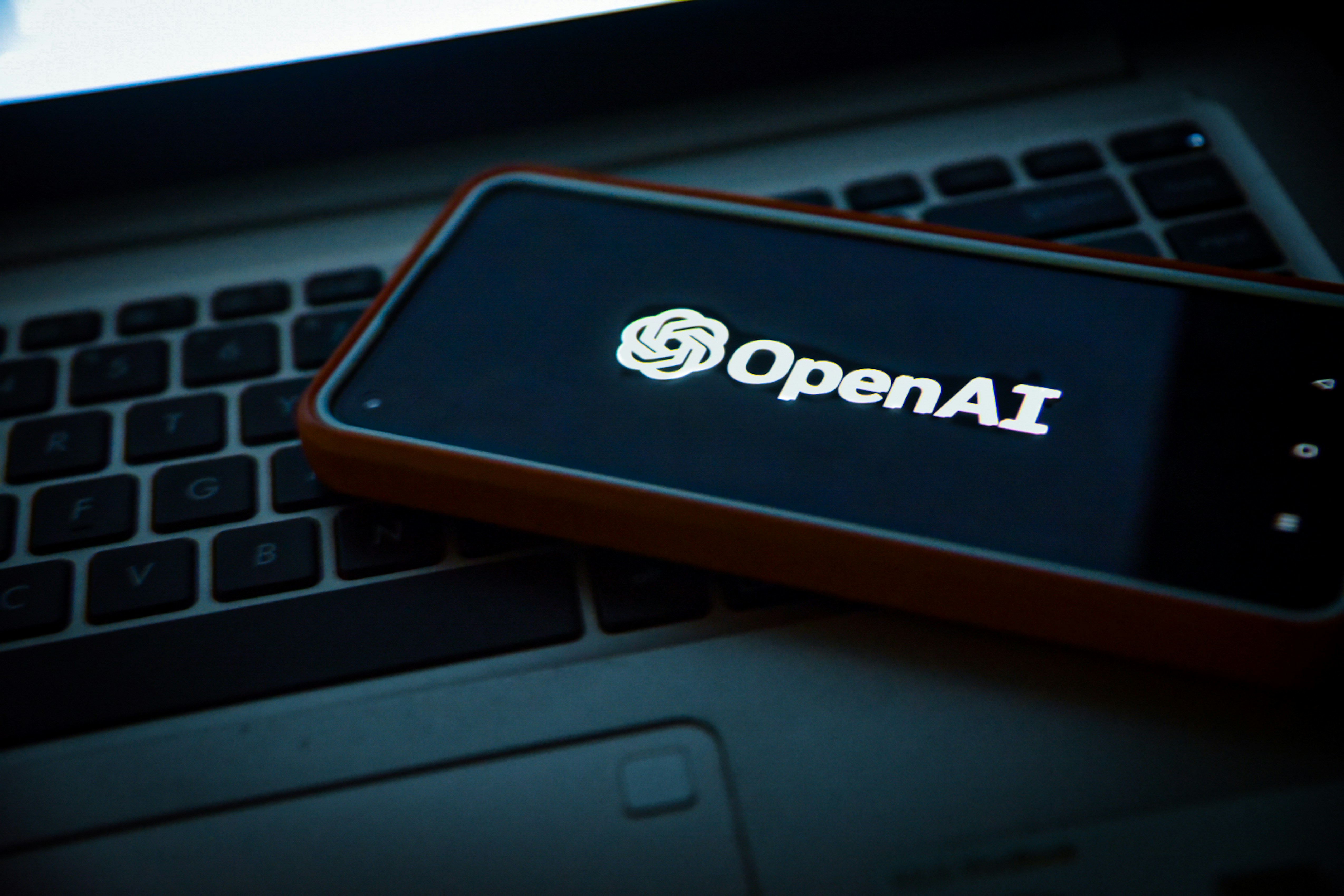Google to Fund Construction of Three Nuclear Sites
Google commits to financing the development of three nuclear energy sites as part of its sustainable energy initiatives.
Wednesday, May 7, 2025
Google has announced a groundbreaking $10 billion investment to finance the construction of three next-generation nuclear energy sites in the U.S., marking the tech giant’s most ambitious clean energy initiative to date. The project, developed in partnership with nuclear innovation leader TerraPower and the U.S. Department of Energy (DOE), aims to accelerate the commercialization of advanced reactor designs while powering Google’s data centers and cloud infrastructure with 24/7 carbon-free energy (CFE) by 2030. This move positions Google at the forefront of corporate nuclear advocacy, bridging the gap between Silicon Valley’s sustainability goals and the urgent need for scalable, reliable clean energy.
Project Overview: Sites, Technology, and Timeline
Locations:
Phoenix, Arizona: A sodium-cooled fast reactor (SFR) adjacent to Google’s Mesa Data Center Campus.
Clinch River, Tennessee: A molten chloride fast reactor (MCFR) co-located with the Tennessee Valley Authority (TVA) grid.
Kemmerer, Wyoming: A small modular reactor (SMR) cluster replacing a retiring coal plant near Google’s Cheyenne data hub.
Reactor Specifications:
TerraPower’s Natrium (SFR): 345 MW capacity, integrated molten salt energy storage for grid flexibility.
Southern Company’s MCFR: 250 MW, capable of consuming nuclear waste as fuel, reducing long-term radioactivity by 80%.
NuScale SMRs: Six 77 MW modular units, enabling phased deployment and lower upfront costs.
Timeline:
2024: Break ground in Wyoming; begin NRC licensing for Arizona and Tennessee sites.
2028: Target operational dates for all three plants.
2030: Supply 1.2 GW of CFE to Google’s operations—enough to power 900,000 homes.
Strategic Motivations
Data Center Energy Demand:
Google’s data centers consumed 15.5 TWh of electricity in 2022 (equivalent to Puerto Rico’s annual usage). With AI compute needs growing 30% yearly, nuclear offers a dense, stable power source.
Current renewables meet 68% of Google’s demand; nuclear fills gaps during low wind/solar periods.
Regulatory Tailwinds:
The 2022 Inflation Reduction Act (IRA) includes $30 billion in tax credits for advanced nuclear, reducing Google’s capital risk.
DOE’s Advanced Reactor Demonstration Program (ARDP) will co-fund 50% of the Kemmerer SMR project.
Corporate Climate Goals:
Google’s 2030 CFE target requires tripling its clean energy portfolio. Nuclear’s 90% capacity factor (vs. 35% for solar) makes it indispensable.
Economic and Environmental Impact
Job Creation: 15,000 construction jobs and 2,000 permanent roles, focusing on STEM recruitment in rural communities.
Emissions Avoided: 8.5 million metric tons of CO2 annually—equal to taking 1.8 million cars off roads.
Grid Stability: The Natrium reactor’s integrated storage can discharge 500 MWh during peak demand, mitigating blackout risks.
Technical Innovations
AI-Driven Safety Systems:
Google’s DeepMind AI will optimize reactor operations, predicting equipment failures with 99.8% accuracy in simulations.
Quantum-resistant cybersecurity protocols protect against hacking threats.
Waste Solutions:
The Clinch River MCFR will recycle 10 tons of spent nuclear fuel annually from existing reactors, addressing a key public concern.
Advanced Manufacturing:
3D-printed reactor components (developed with GE Additive) cut construction timelines from 8 years to 4.
Challenges and Controversies
Public Opposition:
Anti-nuclear groups like Beyond Nuclear argue SFRs pose proliferation risks. Google counters with “proliferation-resistant” fuel designs and IAEA monitoring.
Local protests in Arizona cite water usage concerns (SFRs require 20% less water than traditional reactors).
Cost Overruns:
NuScale’s first SMR project in Idaho saw costs balloon to **9.3B∗∗(from9.3B∗∗(from6.1B). Google’s fixed-price contracts with TerraPower aim to cap expenses.
Regulatory Hurdles:
The Nuclear Regulatory Commission (NRC) has never licensed an MCFR. Google’s lobbying team is pushing for streamlined approvals.
Industry Reactions
Bill Gates (TerraPower Founder): “Google’s investment validates nuclear’s role in the AI era. This is the modern equivalent of the Apollo program.”
Jennifer Granholm (U.S. Energy Secretary): “Public-private partnerships like this are how we decarbonize the grid without sacrificing reliability.”
David Schlissel (IEEFA Analyst): “Google’s gamble assumes costs will drop 50% by 2030. If not, shareholders will pay the price.”
Global Implications
Europe: The EU is drafting a Nuclear Alliance framework, inspired by Google’s model, to attract corporate investors.
Asia: South Korea’s Kepco and Japan’s Hitachi are exploring SMR partnerships with tech firms.
Climate Diplomacy: Google’s move pressures China and India—still building coal plants—to prioritize nuclear.
What’s Next?
2024 Q1: Google will host a “Nuclear Innovation Summit” with Microsoft and Amazon, which are eyeing similar investments.
2026: First criticality tests at the Wyoming site.
2030s: Potential export of reactor designs to Google’s data centers in Asia and Europe.
Conclusion
Google’s $10 billion nuclear bet is more than a sustainability play—it’s a strategic bid to control the energy underpinning the AI-driven future. While risks abound, from regulatory delays to public skepticism, success could redefine corporate climate action and position nuclear power as the linchpin of a post-fossil economy. As Google’s CEO Sundar Pichai stated, “We’re not just building reactors; we’re building the blueprint for clean industrial revolution.”




